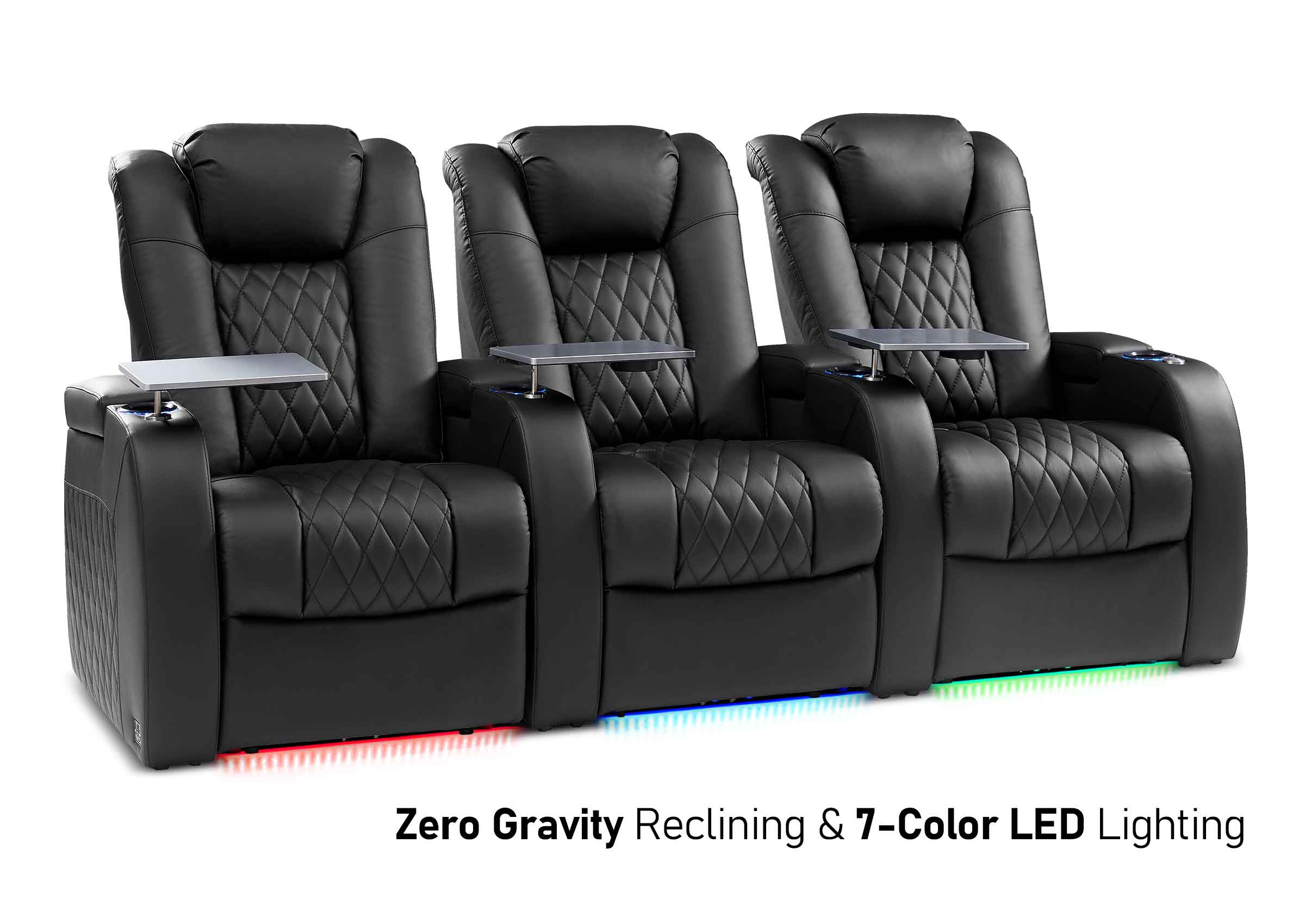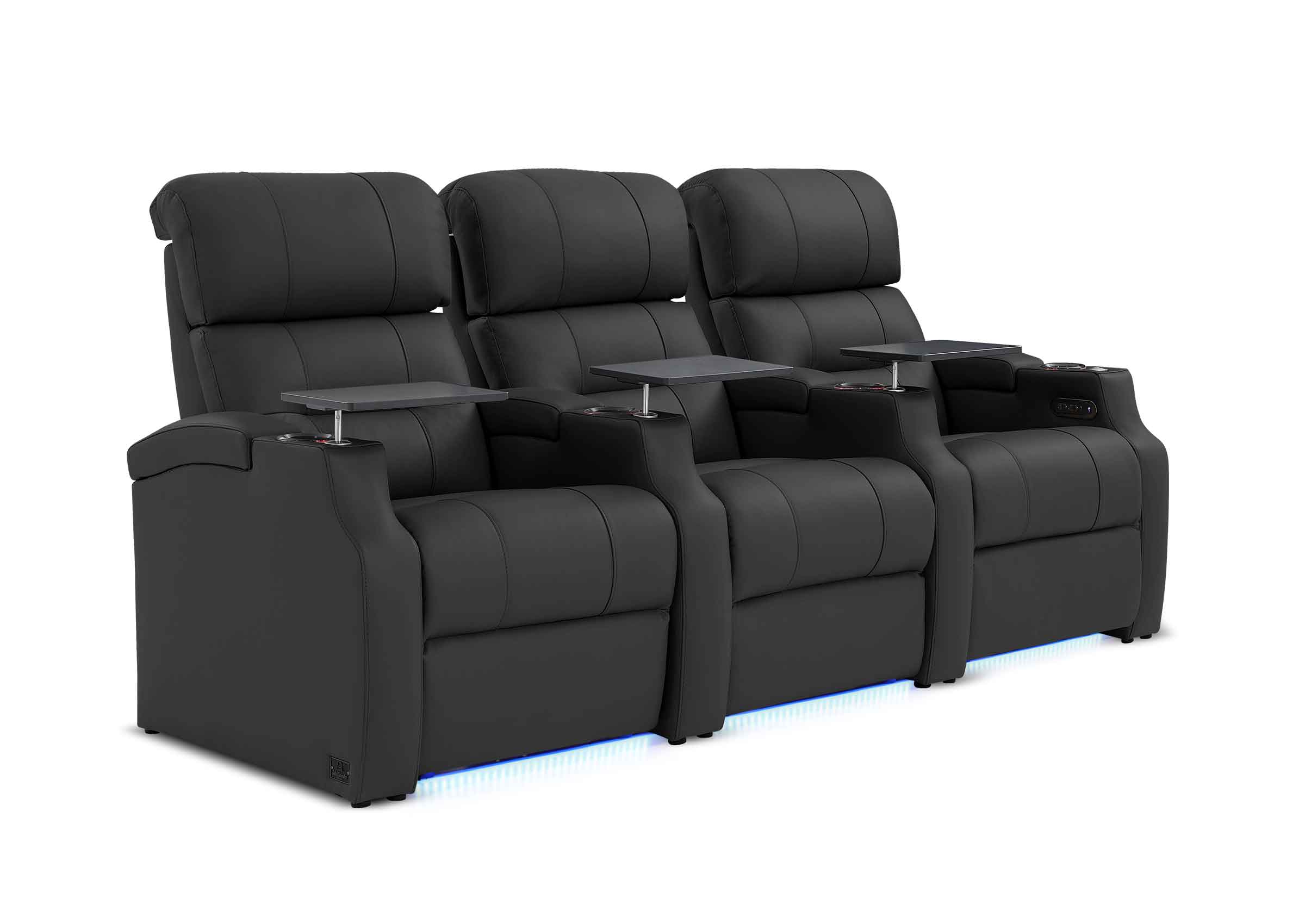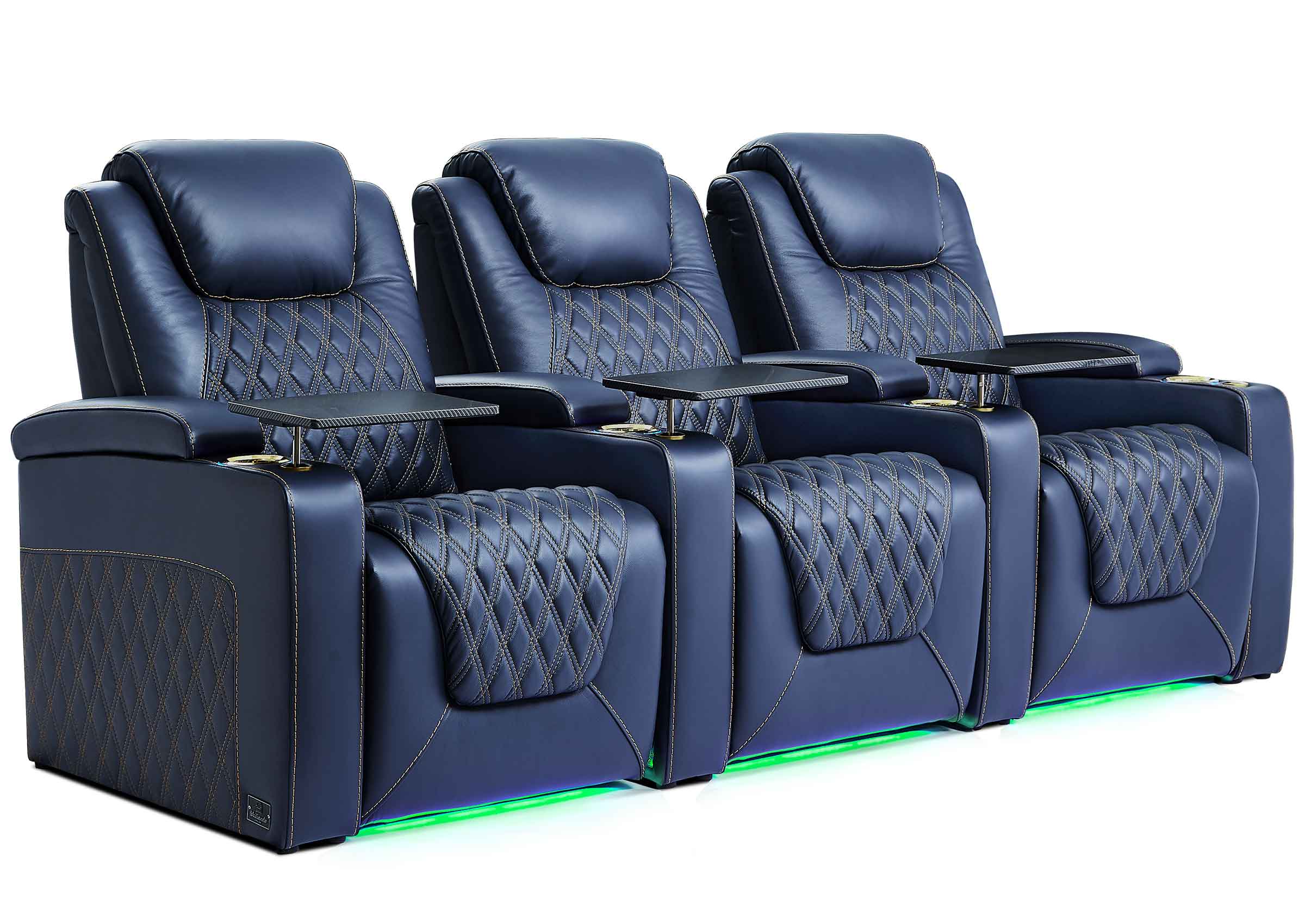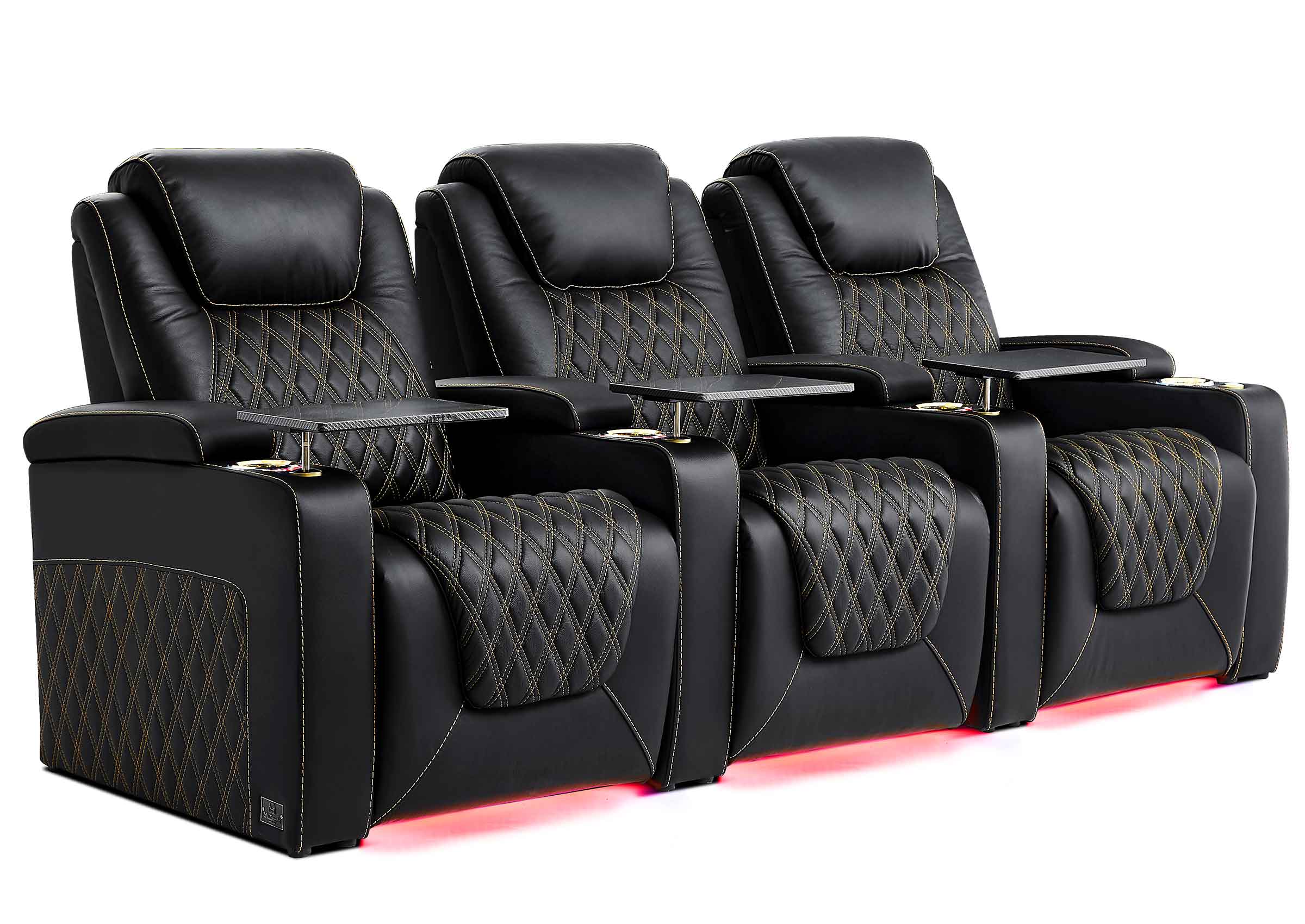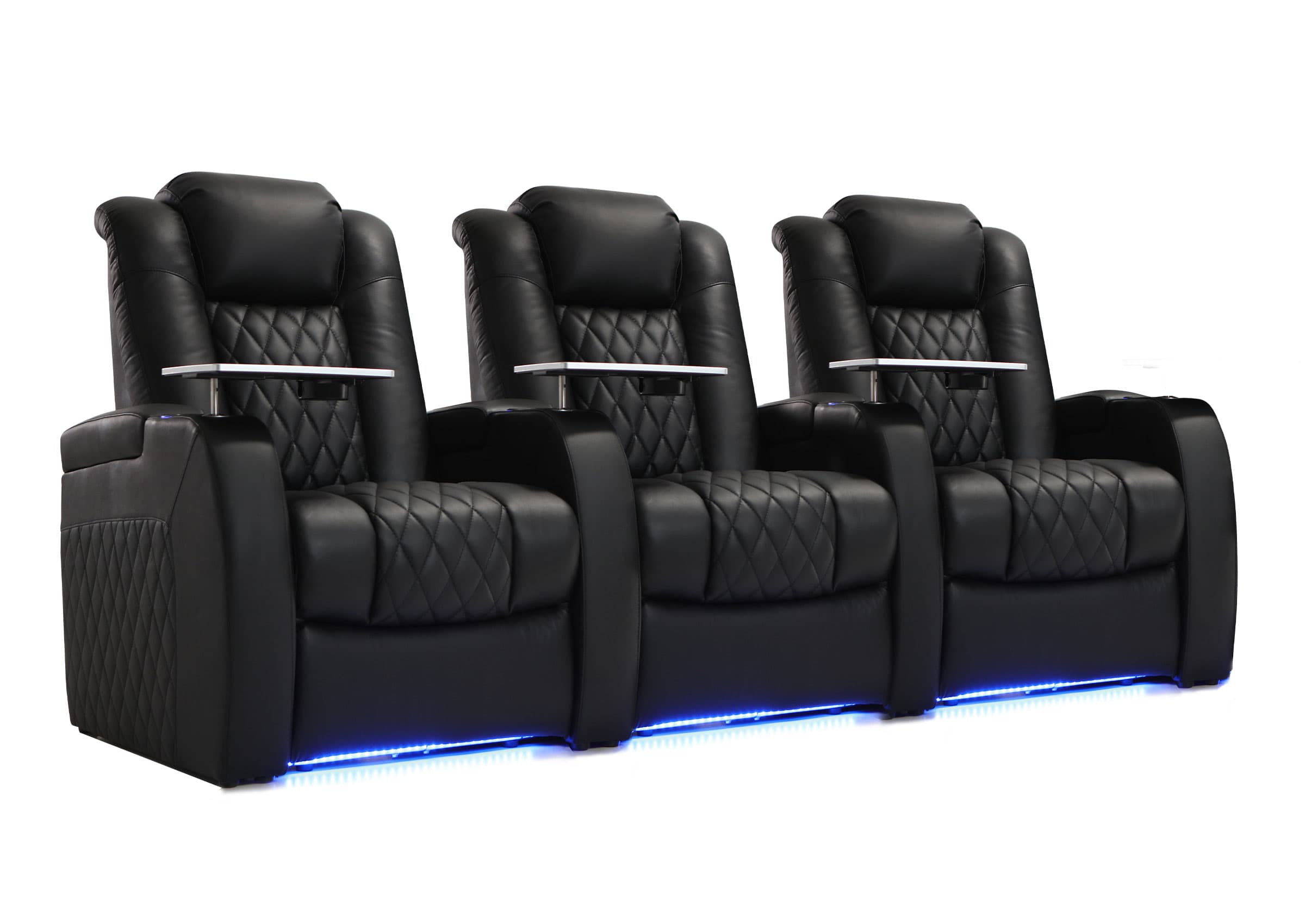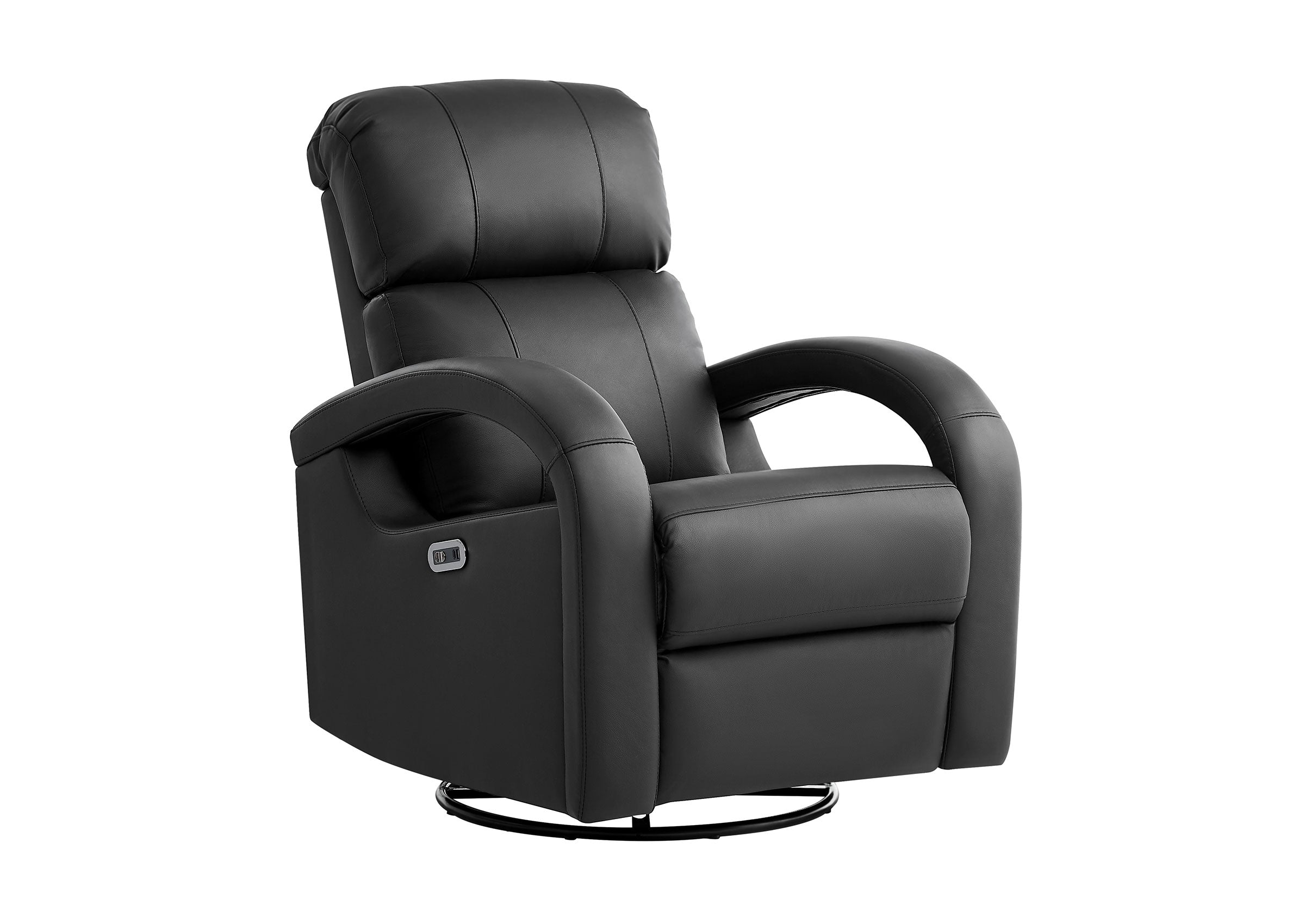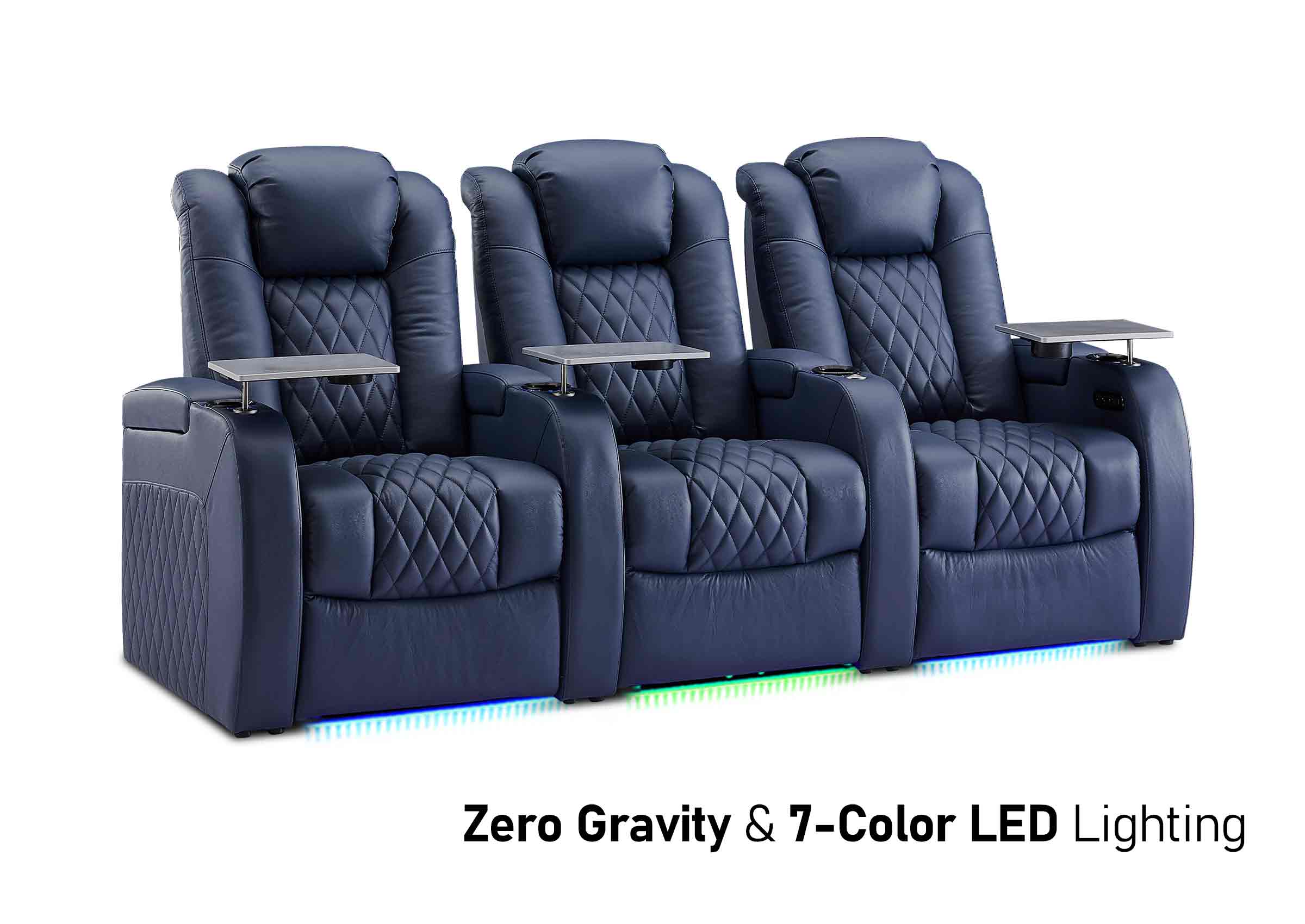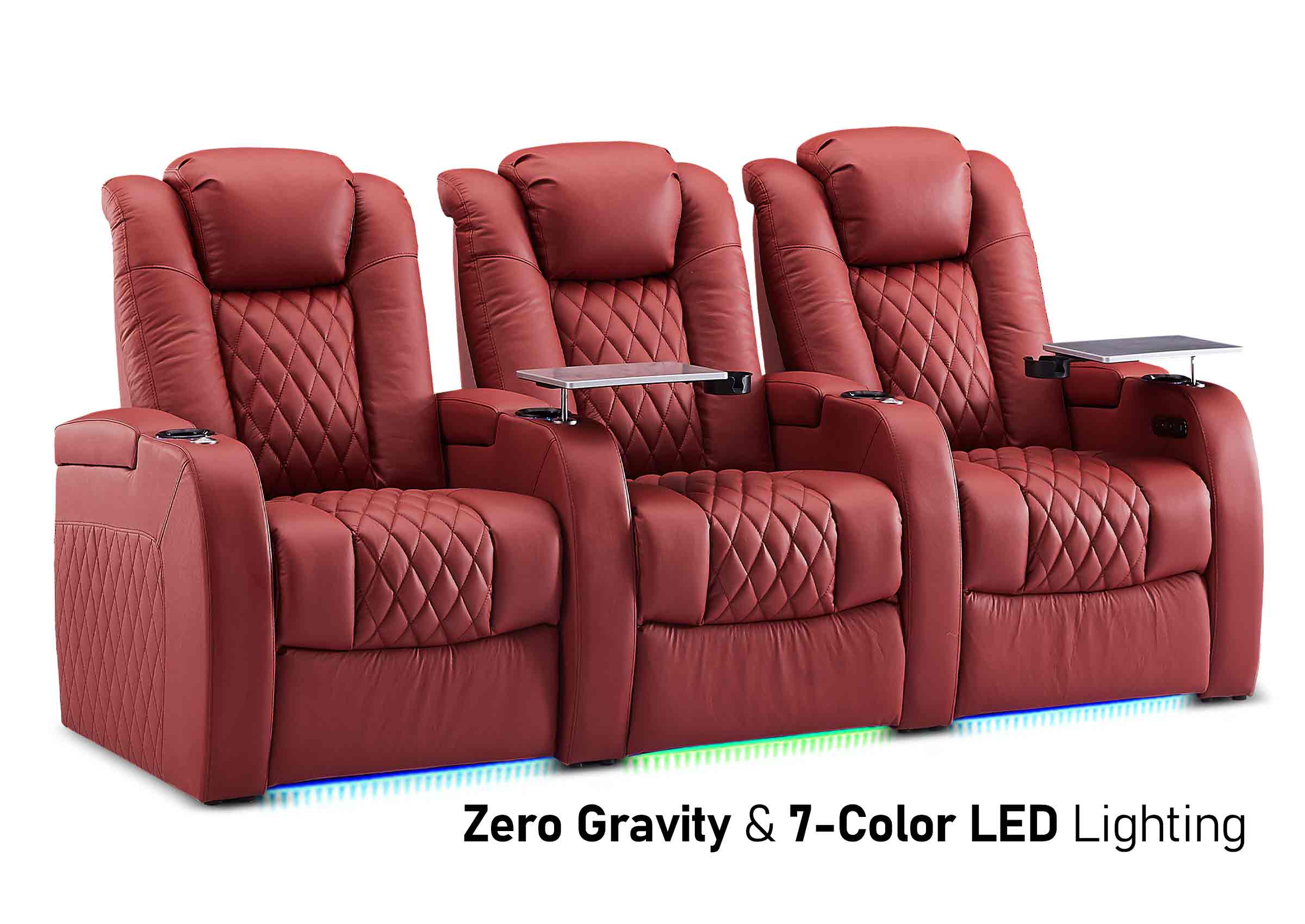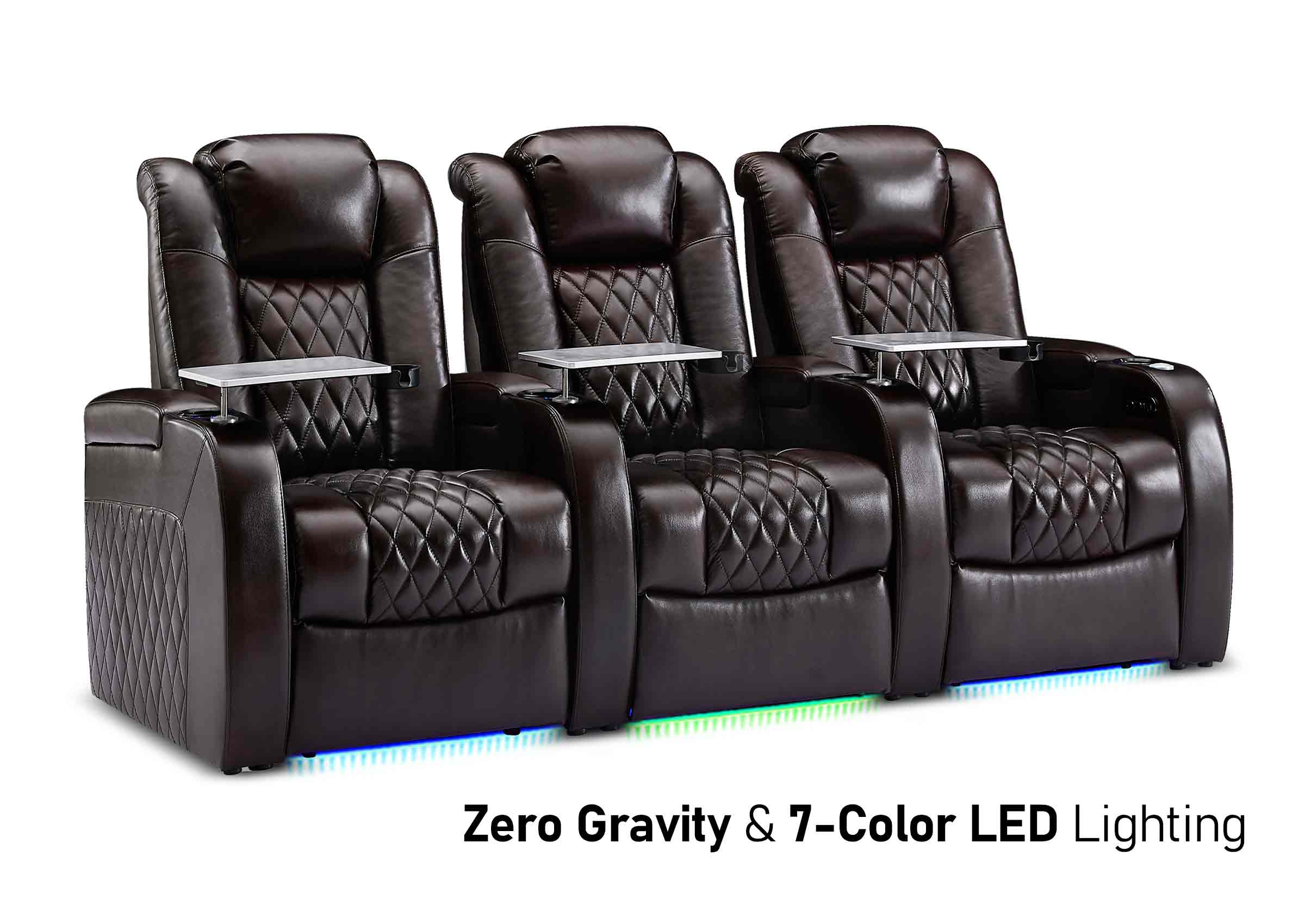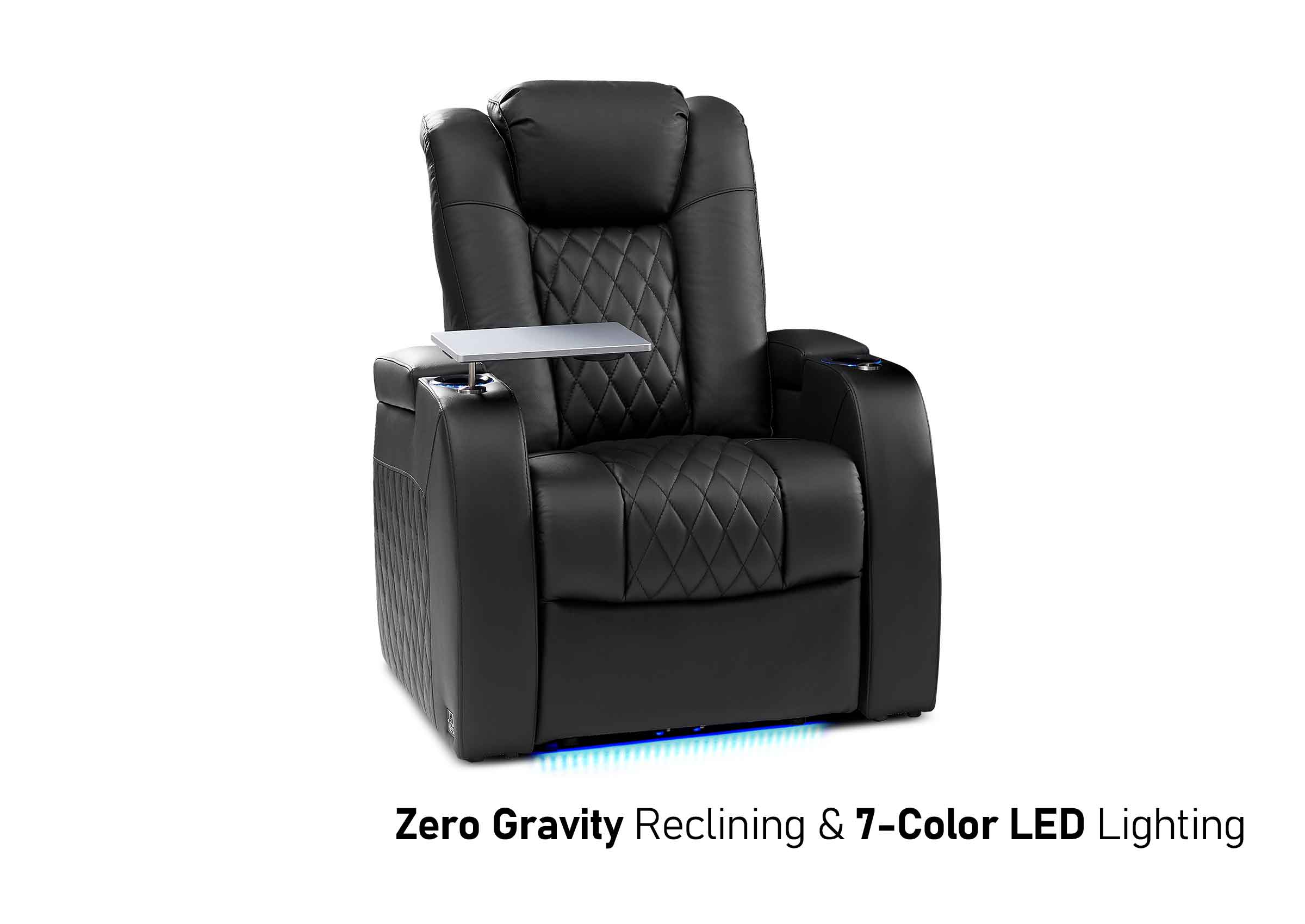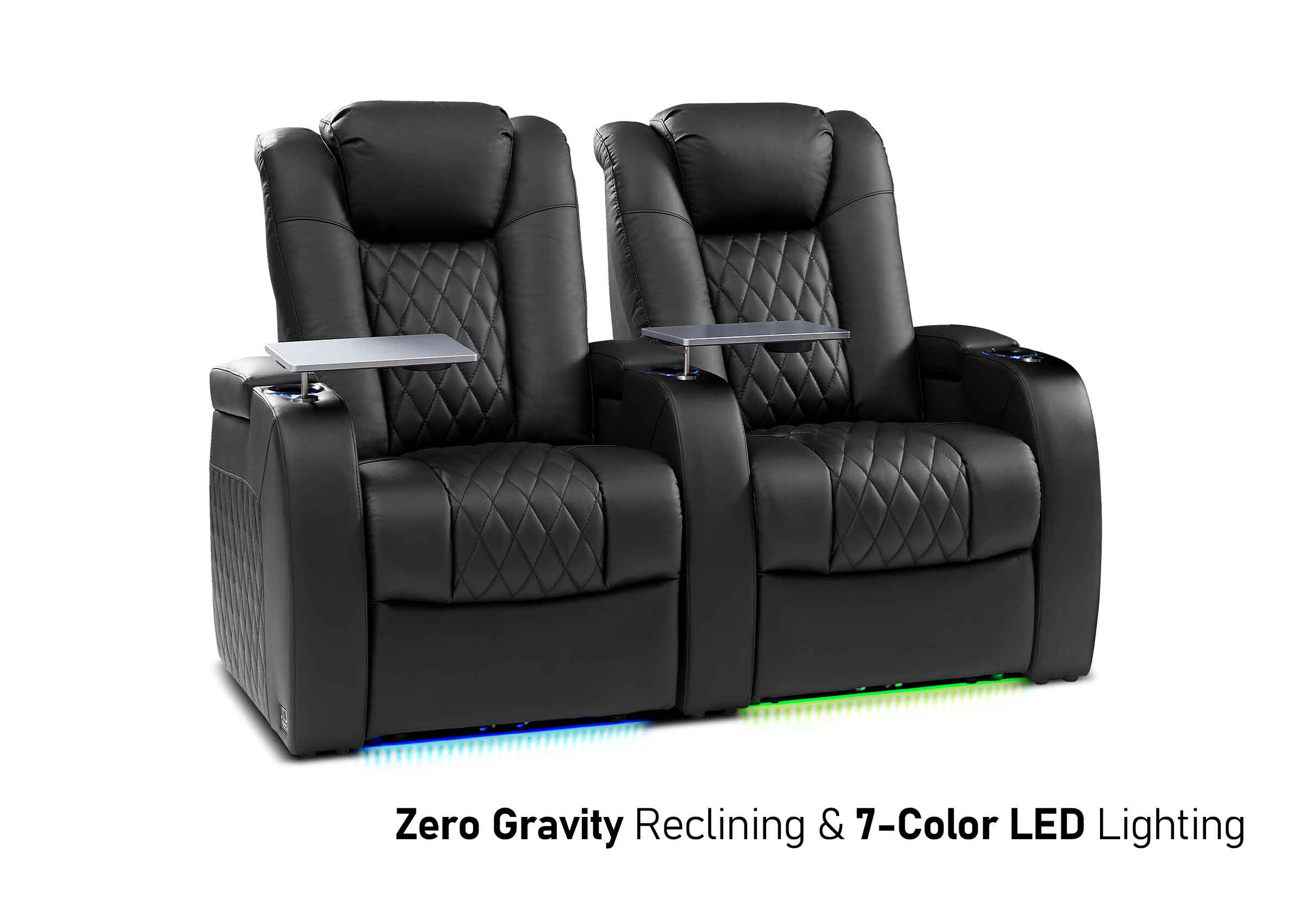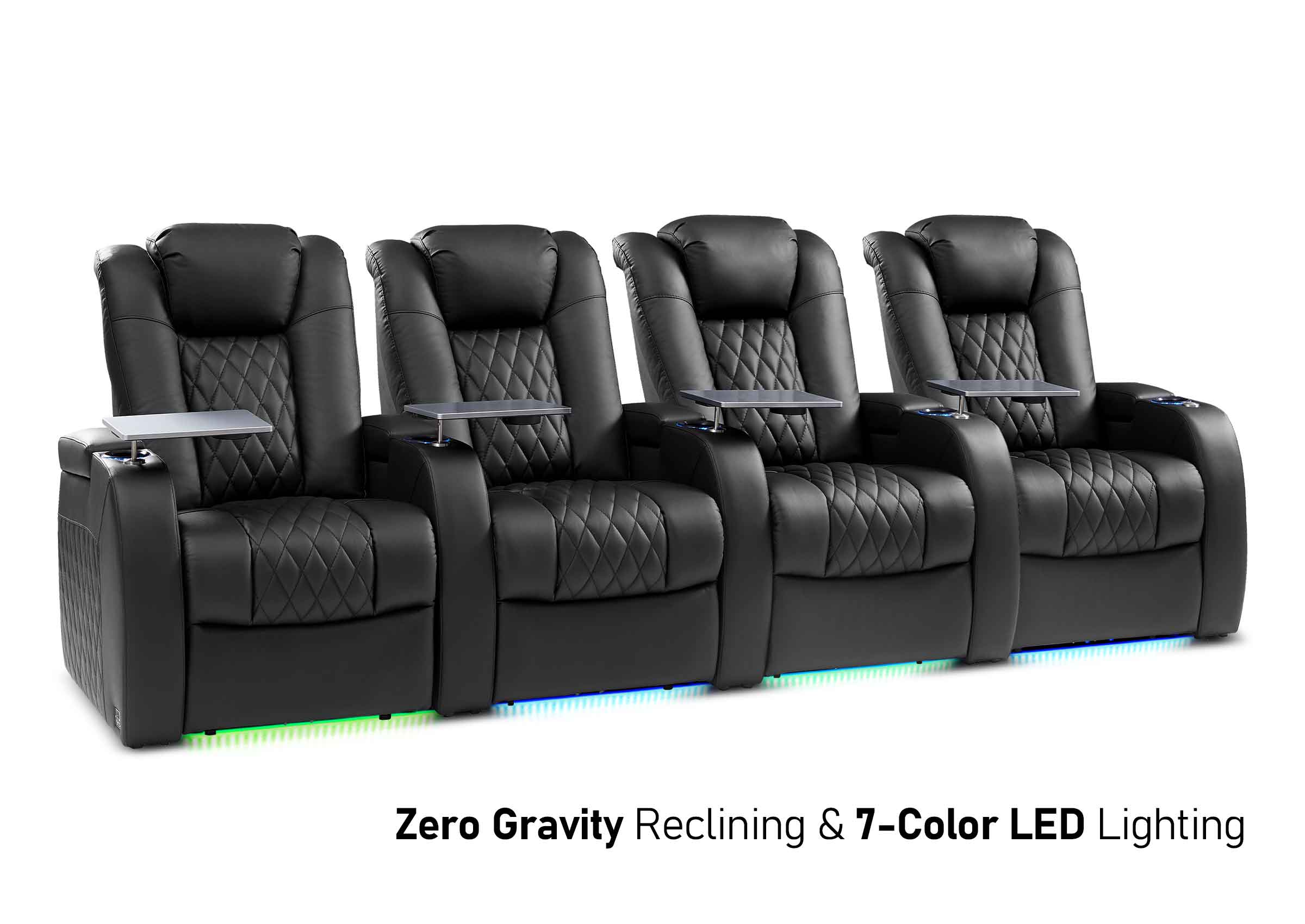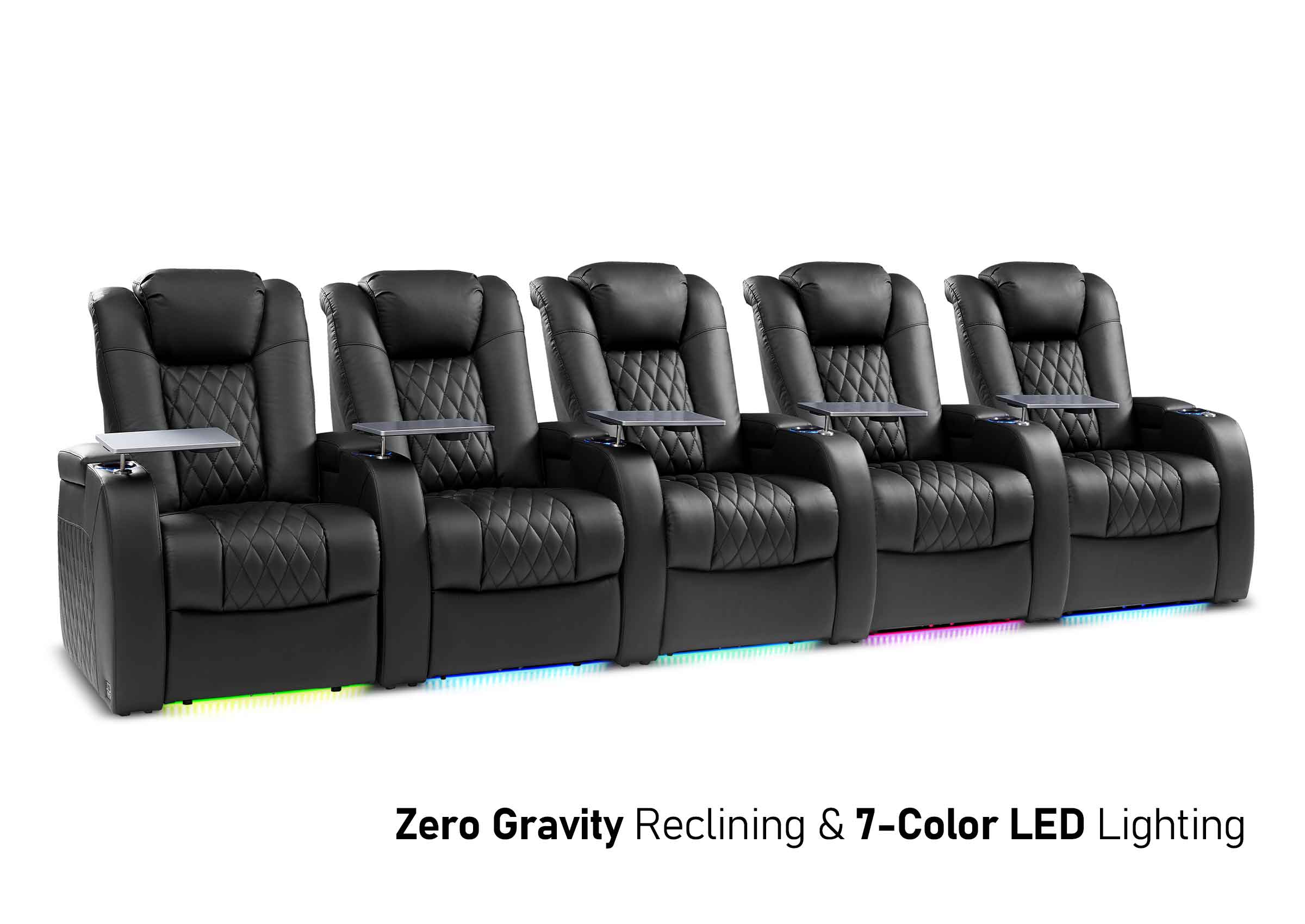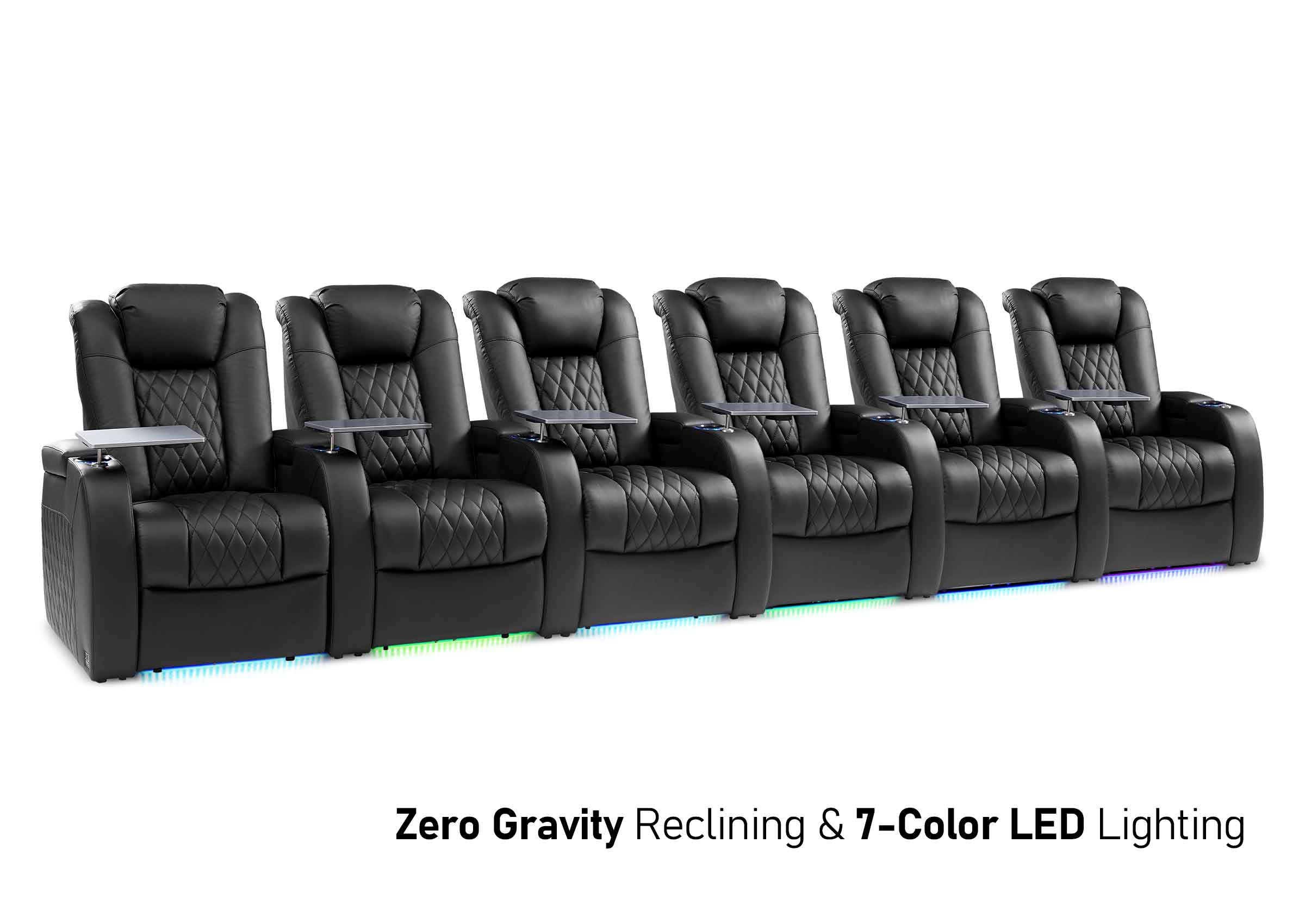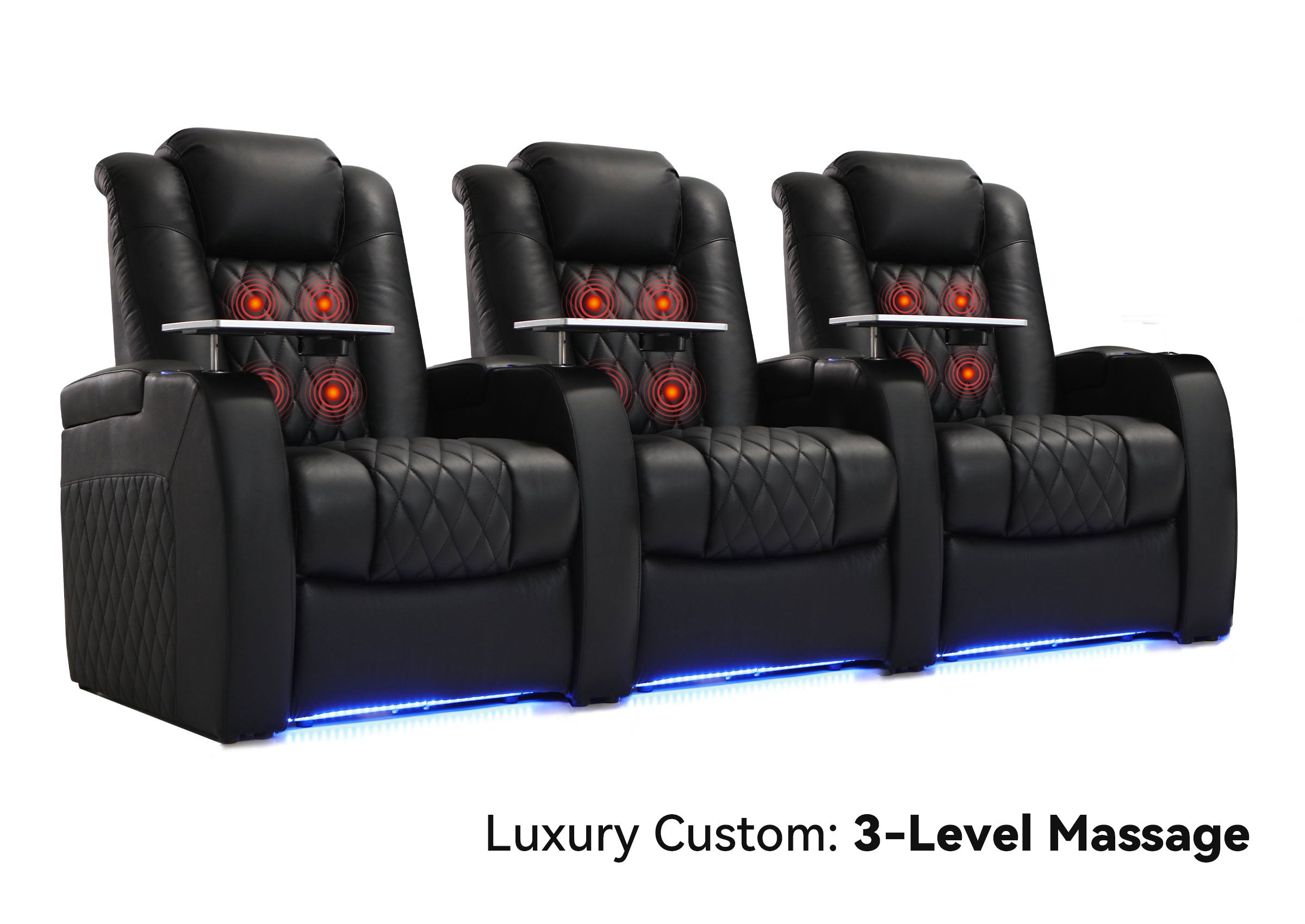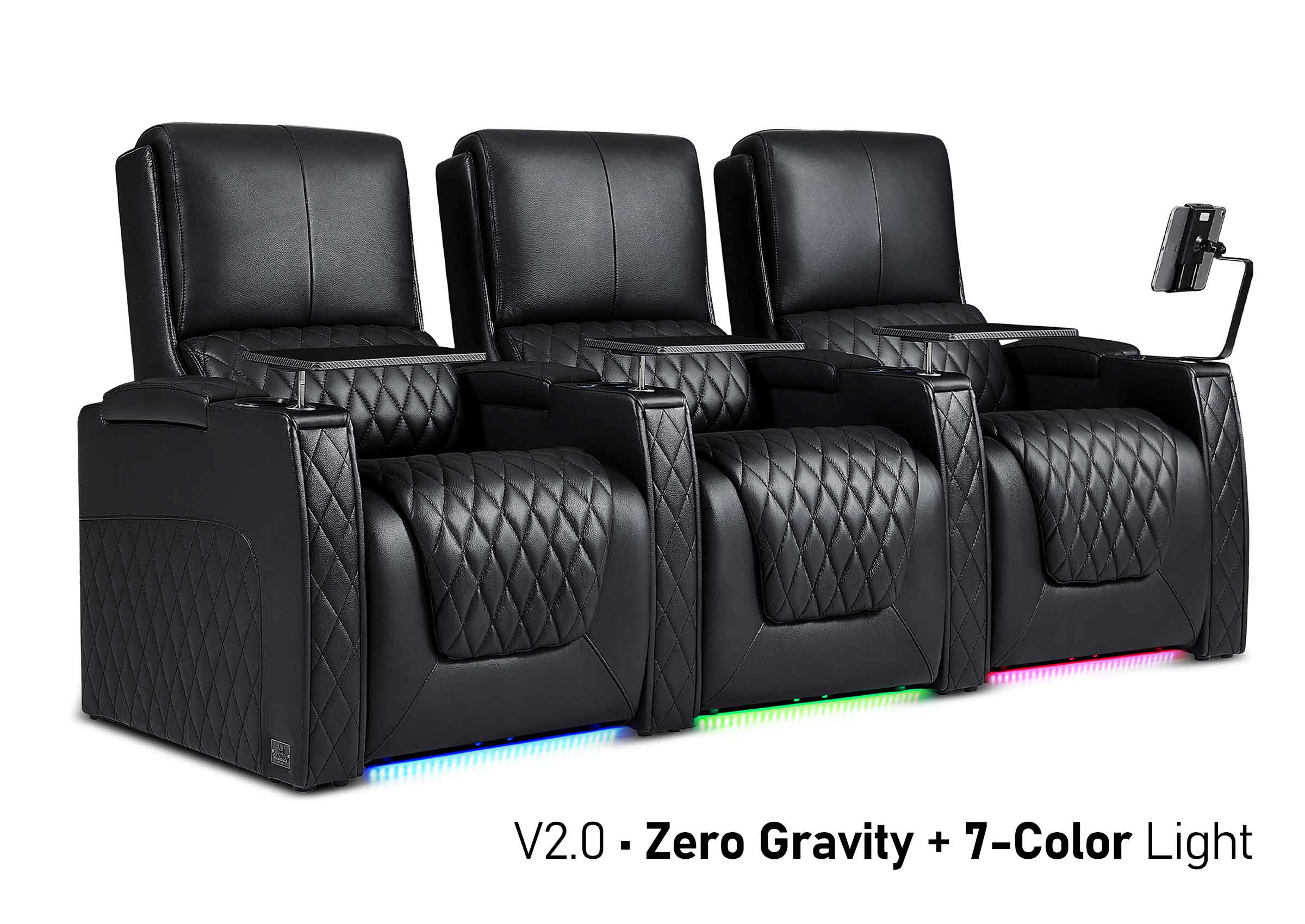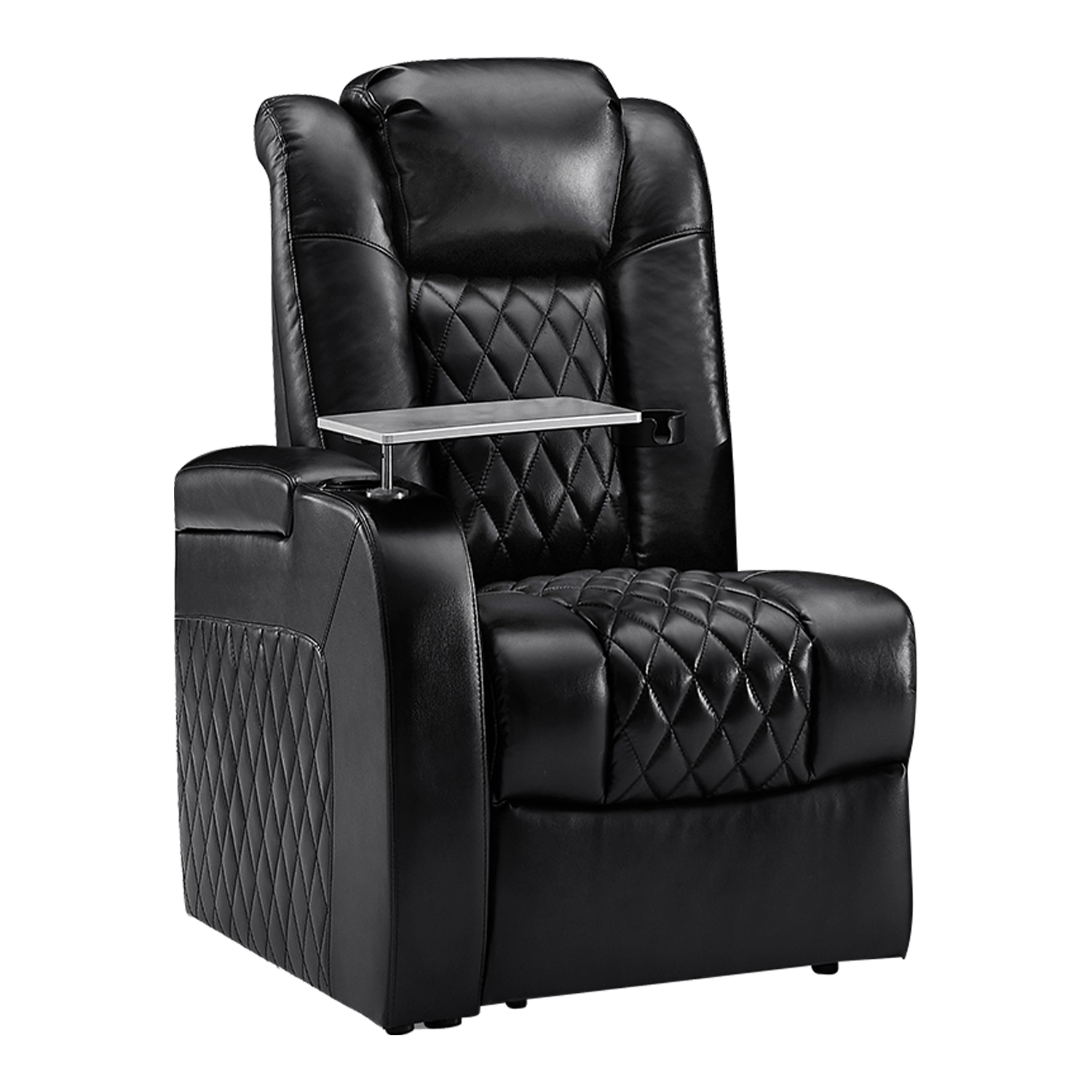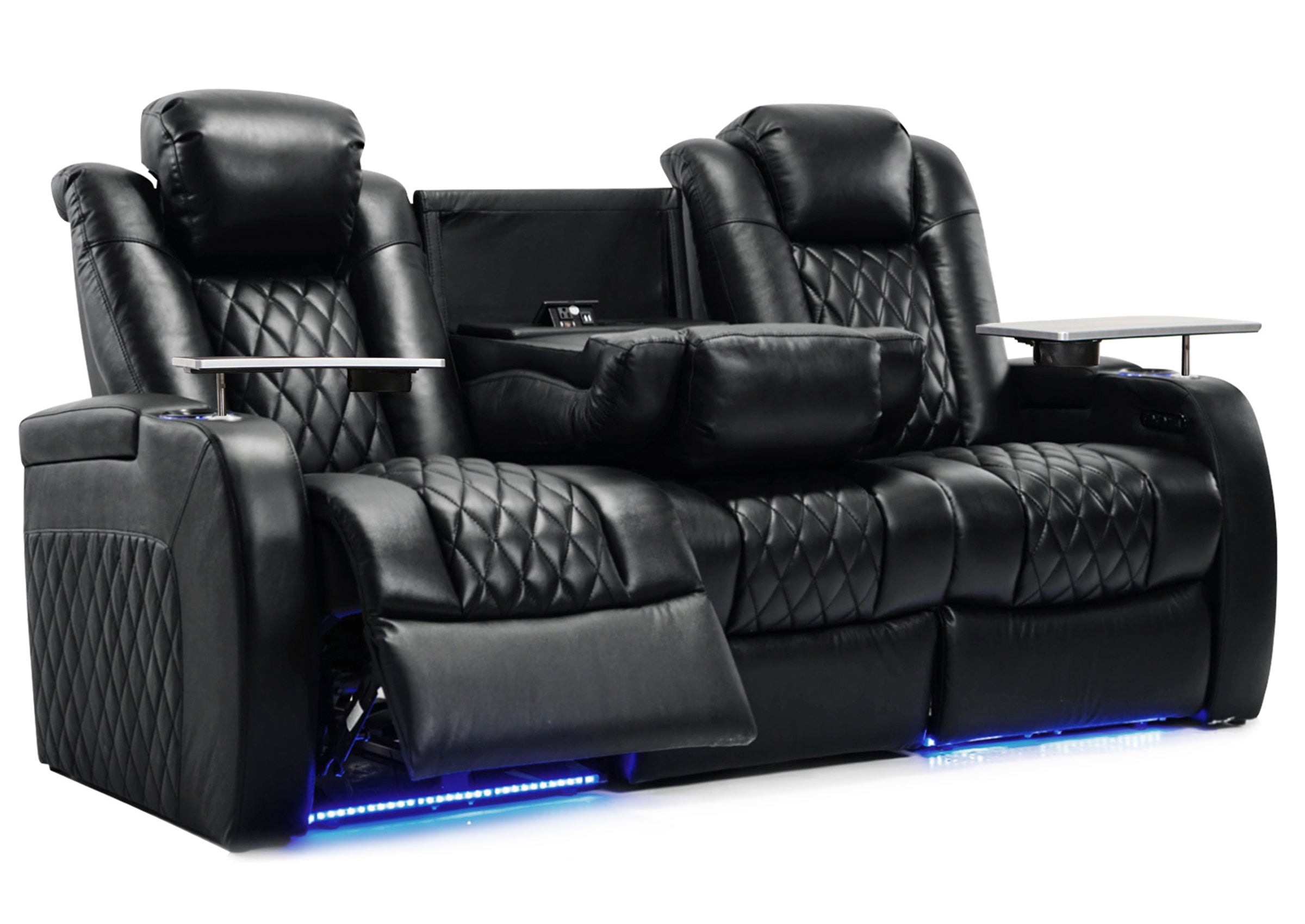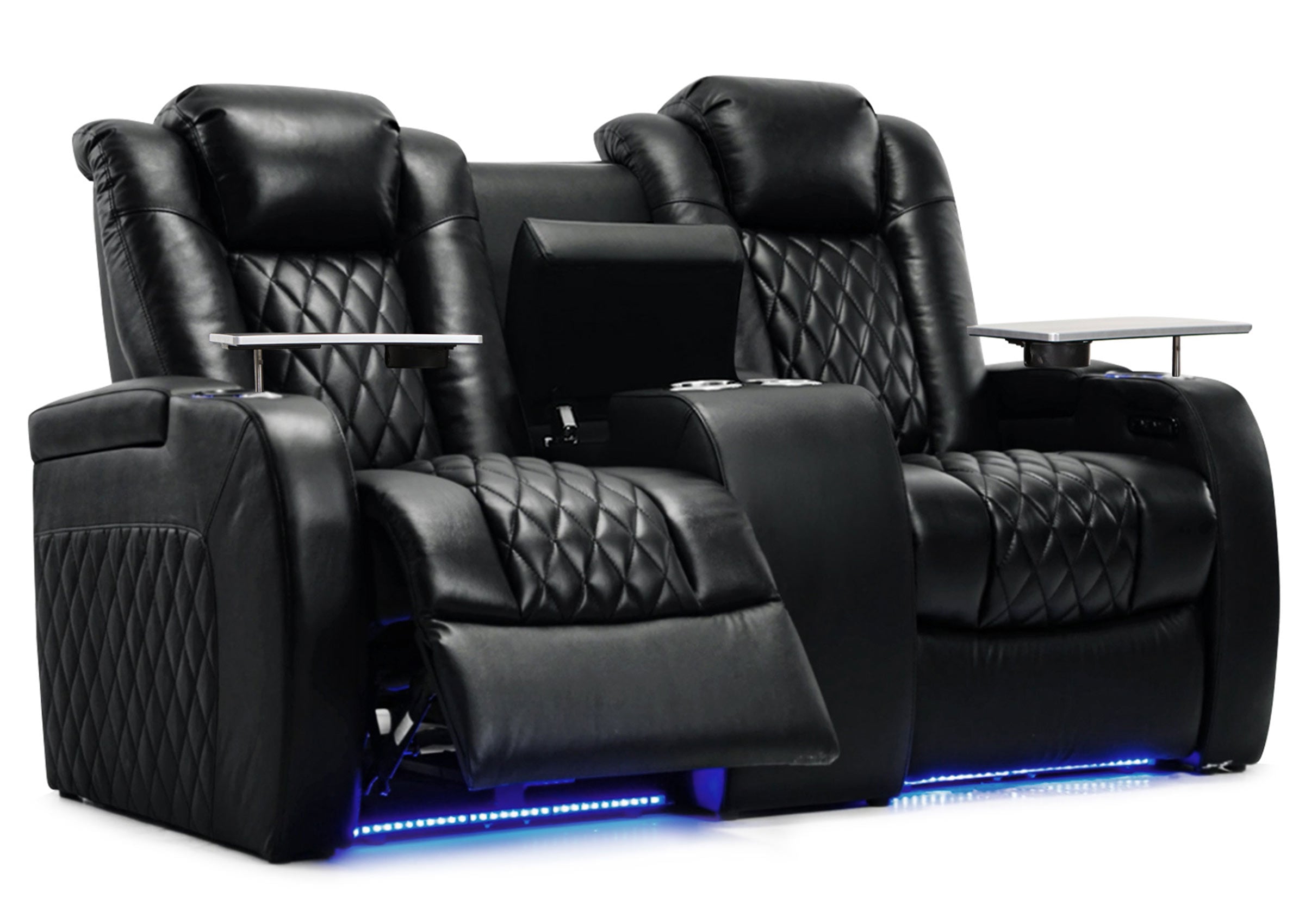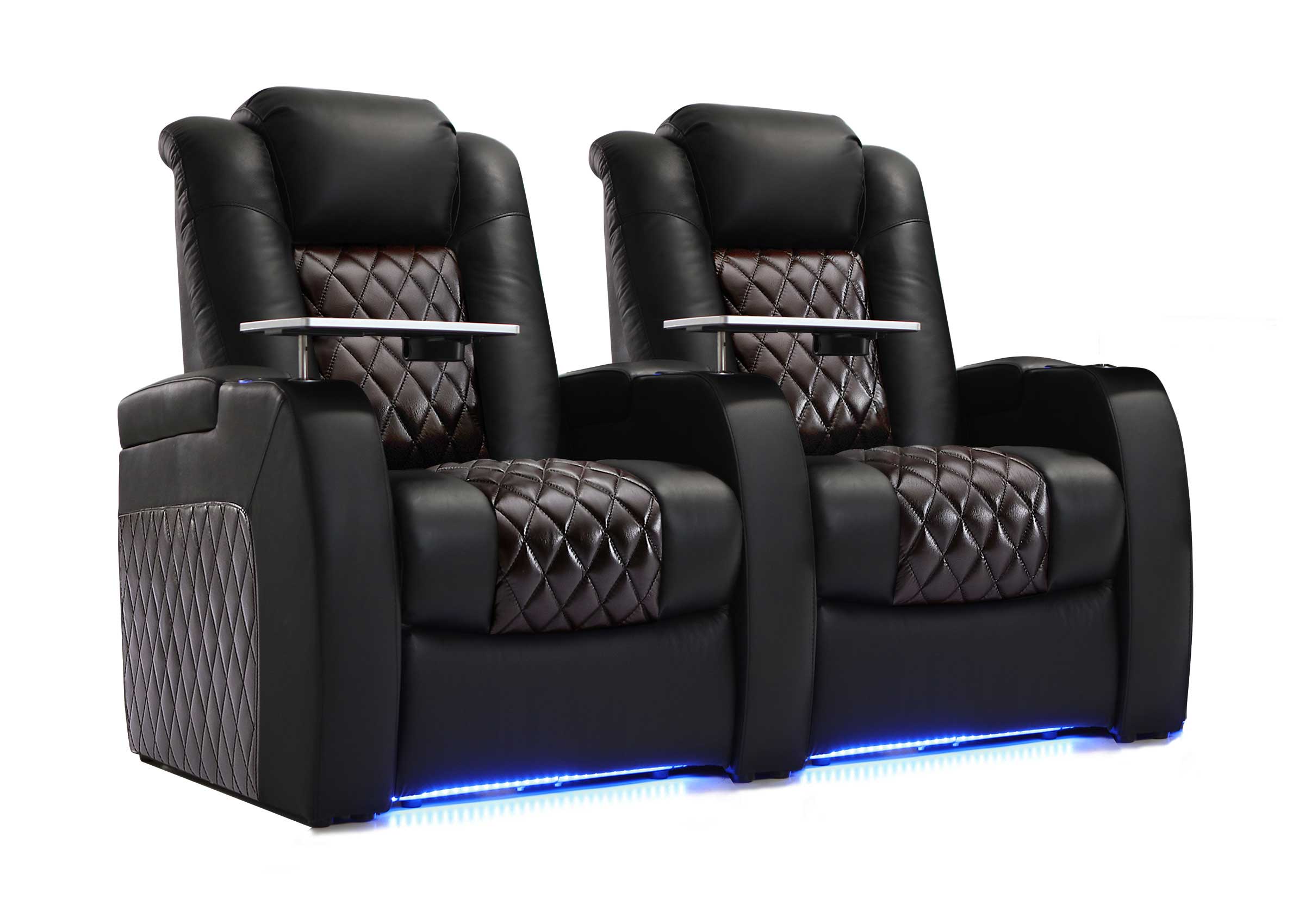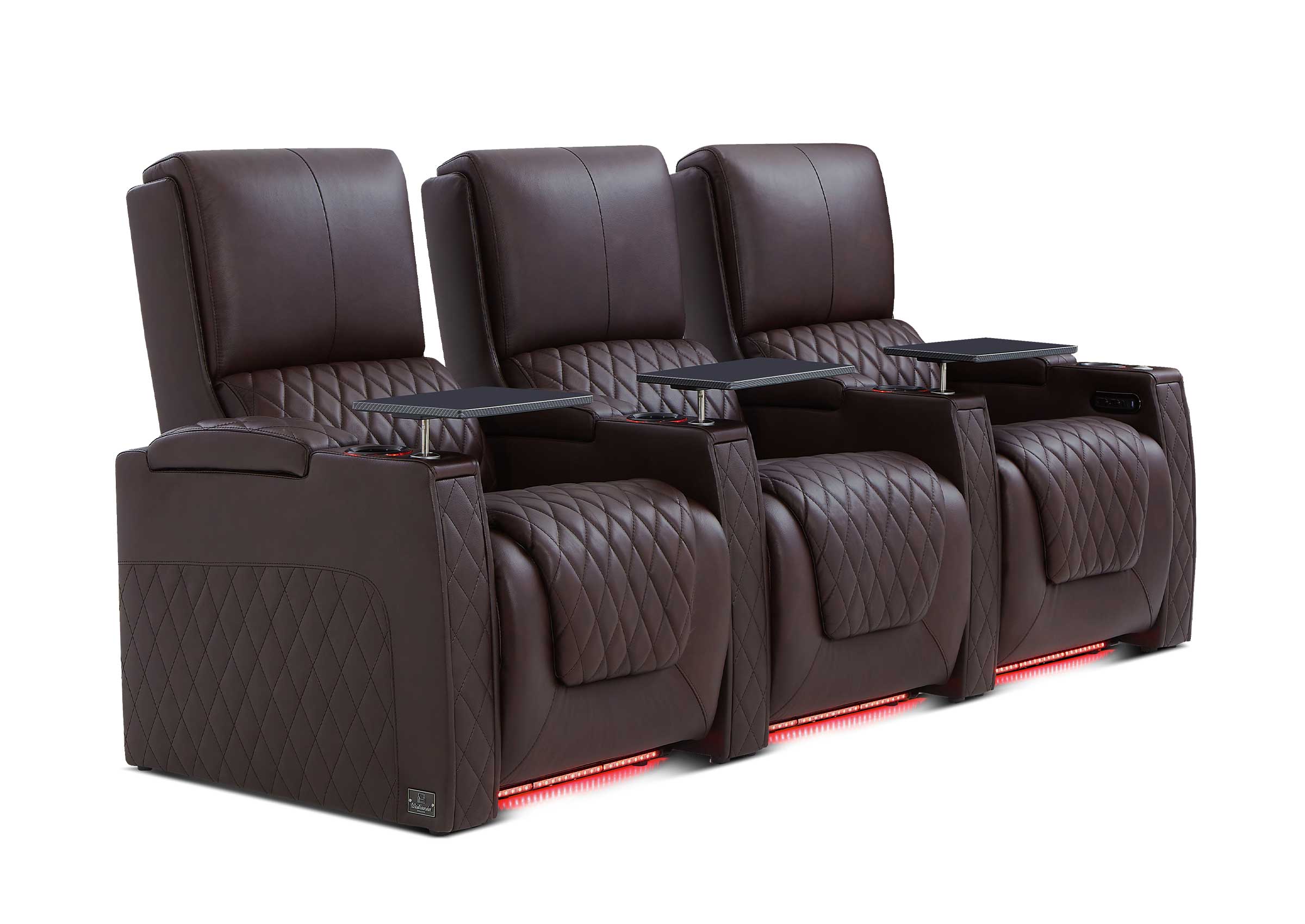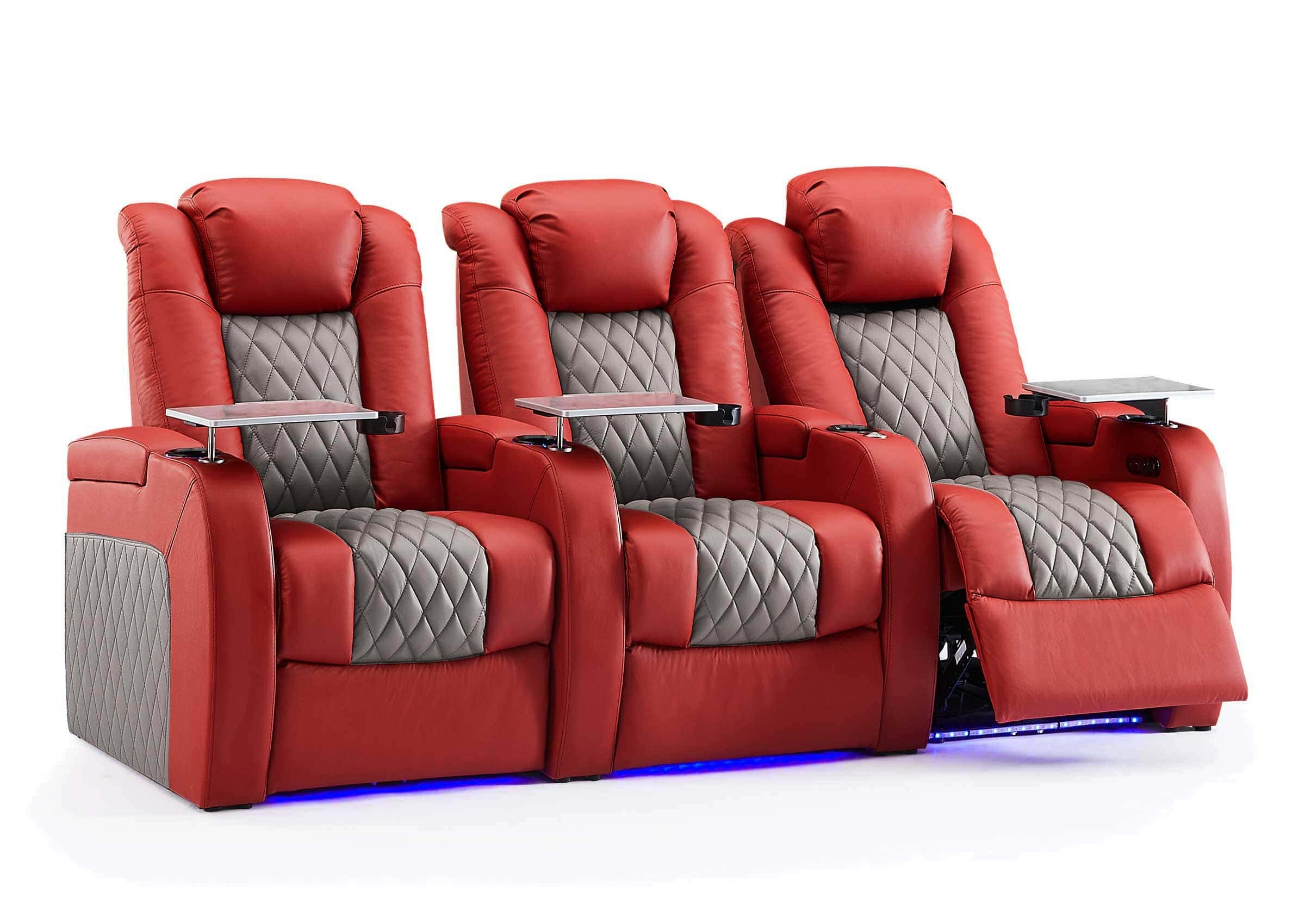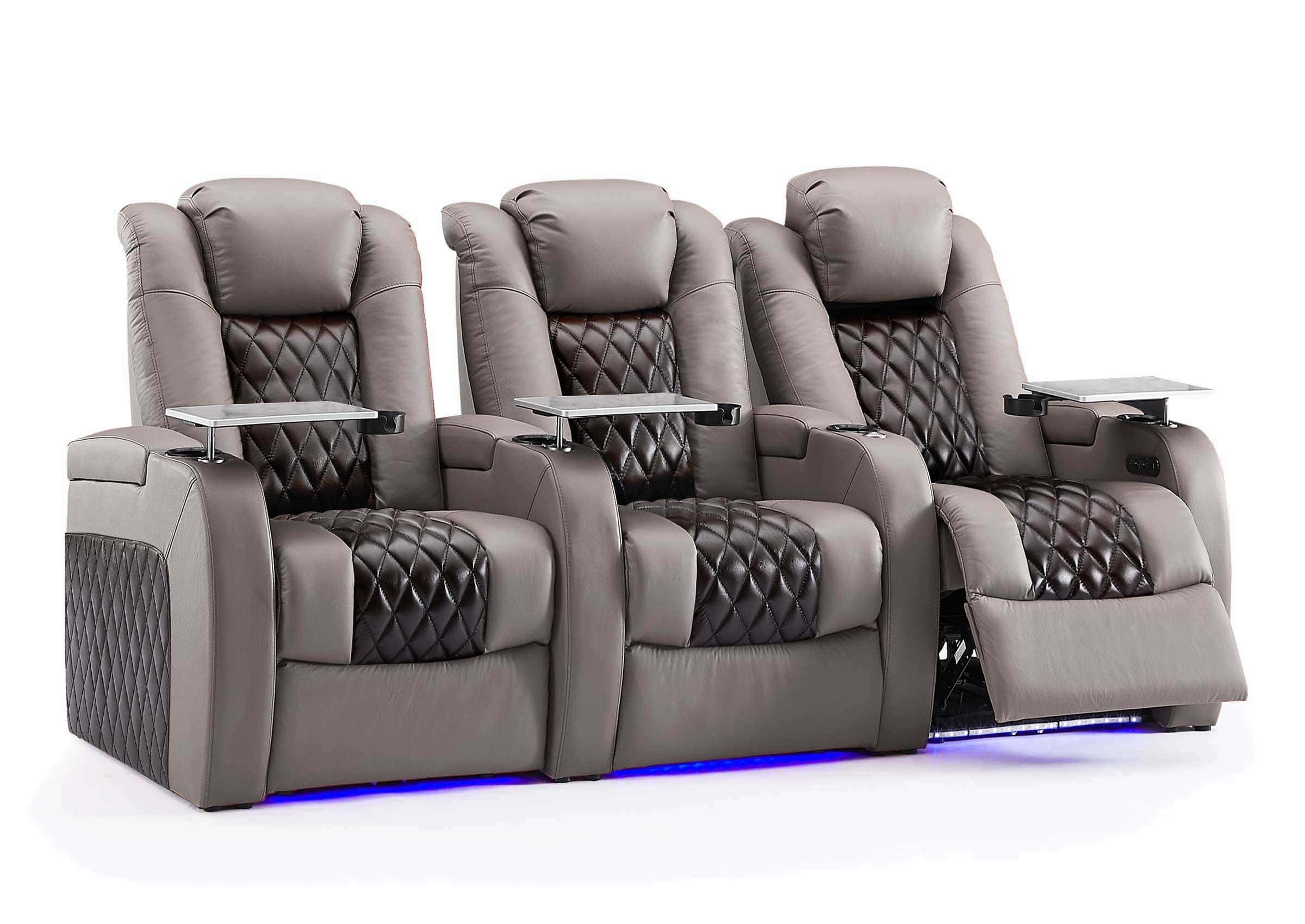
Building a DIY home theater demands meticulous planning and the seamless integration of various components, from seating and screen size to sound system and room acoustics. While speaker placement, viewing angles, and seating arrangement are crucial decisions, inexperienced builders often lose focus on seemingly minor details. But these details, like lighting and ventilation, can significantly impact your immersion and comfort. To help you navigate this exciting project, we've compiled a list of the 11 most common pitfalls and solutions. By avoiding these, you can transform your home into a cinematic oasis, elevating your movie nights to a whole new level.
1. Room shape for home theater. Arched concave surfaces such as domes and barrel-shaped ceilings should be avoided. Room shape also affects sound propagation. For example, if the room has a protruding corner or a long wall, sound will reflect off these areas, causing echo and resonance which impacts sound quality. Therefore, the home theater room is best rectangular or square to allow even sound diffusion. Additionally, furniture placement impacts sound so speakers should not be blocked or prevent sound from reaching certain areas.
2. Home theater wall decorations. Avoid excessive use of materials like glass and marble to decorate walls. These smooth, hard surfaces cause significant sound reflection, increasing reverberation and reducing clarity while increasing acoustic optimization costs later. Fabrics and sound-absorbing boards are recommended instead for decoration. These materials absorb some sound to reduce reflections and decrease reverberation time while improving clarity. Fabrics also gently diffuse sound to make it more natural. Some sound-absorbing boards can be added or furniture like sofas and carpets used to aid decoration, beautifying space while improving acoustics.
3. Home theater wall colors. White walls and ceilings should be avoided since home theaters mainly use projectors. White surfaces reflect projected light, causing light pollution and visual fatigue. Dark colors like dark gray, dark blue or dark green are recommended instead for walls, effectively absorbing light to reduce reflection and improve viewing comfort. Dark walls also create an elegant, low-key atmosphere. Of course, appropriate colors can be chosen for personal preference and home style. Avoiding white walls and ceilings is key for ensuring ideal viewing effects and comfort.
4. Incorrect home theater screen size. Screen size significantly impacts viewing experience. Screens that are too small make viewers feel distant from the screen and less immersed while screens that are too large strain viewer's eyes. Screen size should be chosen based on viewing distance and room size. Screen aspect ratio and resolution should also be considered. 16:9 widescreen at high definition ensures visual clarity and detail for most viewing. Smaller screens can be used in smaller rooms if the sound system and audio effects make up for poorer viewing experience. Overall, multiple factors should be evaluated comprehensively when selecting home theater screens.
5. Home theater layout mismatch between circuits and seating. Seating layout impacts viewing experience so should match circuit layouts. For example, circular seating requires circular layouts for power outlets and speakers. Tiered seating can improve viewing angles and sound quality. Circuit layouts should calculate optimal viewing distances between seating and screens, typically 2 to 3 times the screen diagonal length. Appropriate lighting can also be installed to create comfortable viewing environments. Matching seating and circuit layouts is critical for maximizing viewing experience.
6. Insufficient viewing area distance considered. The viewing cone refers to the area viewers can clearly see the screen. If the cone is too small, images around the edges may appear distorted. When designing home theaters, viewing distance and screen size should ensure adequately sized cones, calculated using the formula: Viewing cone angle = 360° × Viewing distance / Screen diagonal length. Recommended viewing distance is typically 1.5 to 3 meters. Screen diagonal length depends on screen dimensions. Designs should maximize screen coverage within viewer's field of vision to prevent distortion or blurring. To ensure precise measurements without relying on manual formulas, utilizing a screen distance calculator is highly recommended.
7. Overly complex home theater audio systems. Home theater audio can get very complex but systems that are too complex become difficult to set up and use, sometimes diminishing viewing enjoyment. Those planning home theater audio should evaluate needs and budgets realistically. Elaborate multi-feature systems may be unnecessary just for household use. Audio quality is key - decent speakers and audio equipment alone can provide good viewing experiences. Simple, user-friendly control devices like smart remotes also help minimize complexity while maximizing usability. Overall, home theater audio selections should match practical needs and budgets to avoid negatively impacting viewing enjoyment.
8. Lack of soundproofing consideration in home theater design. Sound insulation impacts viewing quality. Without it, external noises disrupt viewing. Effective insulation should be considered during design using sound-absorbing boards, insulating cotton, carpets and other materials to dampen vibrations and noises. Soundproof doors and windows around the theater prevent external disturbances. Reasonable open spaces should be left during construction to install equipment like projectors and audio setups to facilitate insulation. In summary, sound issues cannot be overlooked in home theater designs. Early planning enables better designs to optimize viewing enjoyment.
9. Improper home theater lighting. Lighting affects viewing experience. Overly bright lighting strains viewer's eyes while overly dim lighting obscures picture details. Careful lighting design enables optimal viewing by avoiding direct sunlight using curtains and shades, selecting lighting color temperatures fitting for mood, ensuring adequate screen brightness without causing visual discomfort through brightness, angles and other adjustments. Meticulous planning creates ideal viewing environments.
10. Improper home theater furniture layouts. Furniture placement impacts viewing experience. Uncomfortable or obstructive furniture diminishes enjoyment. Careful furniture selection and layout enables unobstructed sight lines and comfortable seated postures for easy screen viewing. Reasonable open spaces prevent cramped feelings. Foldable or built-in furniture conserve space in smaller rooms. Ergonomic furniture arrangements improve home theater viewing experiences and enjoyment.
11. Insufficient home theater design budgets. Quality home theater construction requires significant resourcing. Insufficient budgets lead to poor designs and results. Careful planning and budgeting ensures ideal theater performance. Besides reasonable budgeting, appropriate equipment selections are key for performance, including screens, audio systems, video processors, networking that match needs and budgets reasonably. If extremely constrained, used equipment or value-for-money brands can be considered. Home improvements like acoustic materials and cable concealments can also economize costs while optimizing user experiences.
FAQ:
1. How much budget is needed for home theater design?
Home theater design budgets vary depending on region, scale, and equipment. Simple home theater designs may cost 5,000-10,000 RMB, including audio, TV, projectors etc. More advanced customized designs with high-end equipment could cost tens of thousands more. Detailed market research and budget planning are recommended to ensure budgets meet needs and expectations.
2. How to select suitable projectors and audio systems for home theaters?
Choosing suitable projectors and audio systems requires considering multiple factors. First, determine appropriate models and projection distances based on viewing needs and room sizes, as well as audio power and performance. Next, consider adaptability and expandability for future upgrades and additions. Finally, budget is key for products matching economic capabilities. Compare reviews and user feedback to understand product performance and experiences comprehensively before purchasing.
3. Are there technical requirements for optimizing and tuning home theaters?
Yes, optimization and tuning require certain technical knowledge. First, reasonable room layouts and acoustic designs are needed, determining speaker positions and power etc. Second, meticulous audio calibration including volume balance, equalization, bass boost etc. Third, appropriate lighting to avoid visual interference. Finally, comprehensive testing and tweaking ensures all equipment interoperates optimally for the best experiences. Seeking professional assistance is recommended for theater optimization and tuning.
4. How should home theater interior design balance aesthetics and functionality?
Home theater interiors must balance attractive designs and practical functionality, not just visual appeal. Appropriately sized screens and audio systems improve viewing experiences while spacious, ergonomic seating enables comfortable snacking and viewing. Automation through smart home systems enables remote lighting and equipment control for greater convenience. By comprehensively considering these factors, aesthetically pleasing and practical home theater spaces can be actualized.
5. Are there affordable home theater design solutions?
Certainly! Cost-effective furniture and decorative items help economize home theater costs. Simple white walls offset with decorative art create backgrounds. Appropriate lighting adjustments also help. Projectors can also replace large TVs at lower costs. Most importantly, custom layouts should accommodate viewing needs comfortably.
6. How can wiring mess be avoided in home theater designs?
Home theaters often suffer from wiring messes. Effective solutions include wireless audio systems, consolidated HDMI outlets, and cable management systems. Wireless audio eliminates audio cables clutter while consolidated outlets minimize separate plugs and cables needed. Cable management hides and organizes wiring neatly. Carefully mounted and enclosed cables also promote aesthetics.
7. How to select the most suitable furniture and decorative items?
Furniture and decorative pieces should coordinate with overall styles and color schemes while meeting practical needs comfortably. Main color themes can guide coordinating furniture and decor selections fittingly. For example, minimalist styles suit simple, clean-lined furniture and light décor while vintage styles match wood or leather furniture with retro ornaments and framed photos. Durability should also be assessed for long-lasting quality.
8. Do home theater designs require special architectural structures?
Not strictly required but some acoustic considerations boost audiovisual performance. Soundproofing materials, thick curtains, rugs etc help. Speaker and audio positions should enable optimal viewing angles with clear dynamics for every seat. Adjustable acoustic panelling and lighting systems can further enhance experiences, if possible.
9. What options are available for lighting control technologies in home theaters?
Main home theater lighting control options include:
1) Ambient Light Control - Dimming and coloring interior lighting for viewing ambiences
2) Task Light Control - Localized lighting on specific areas like projection screens
3) Scene Light Control - Automatically change colors to match movie scenes for atmospheric immersion.
4) Smart Lighting Systems - App or voice-controlled tuning of lighting brightness, color temperature etc for optimum viewing.
These can be combined flexibly based on needs and preferences for comfortable, personalized viewing environments.
10. How to maintain cleanliness and ensure maintenance for home theaters?
Regular dusting and cleaning preserve home theater cleanliness and maintenance. Soft cloths and vacuums remove debris gently while avoiding harsh chemicals that damage equipment surfaces. Tidy, securely mounted cables also minimize viewing obstructions while avoiding tangles, fraying or damage. Ventilation and heat dissipation in electronics should be provided to prevent overheating while sturdy, flat furniture surfaces prevent vibrations that skip video playback. Routine equipment tests enable prompt repairs or replacements for long-term enjoyment. Maintaining home theater maintenance optimizes enjoyment continually.








